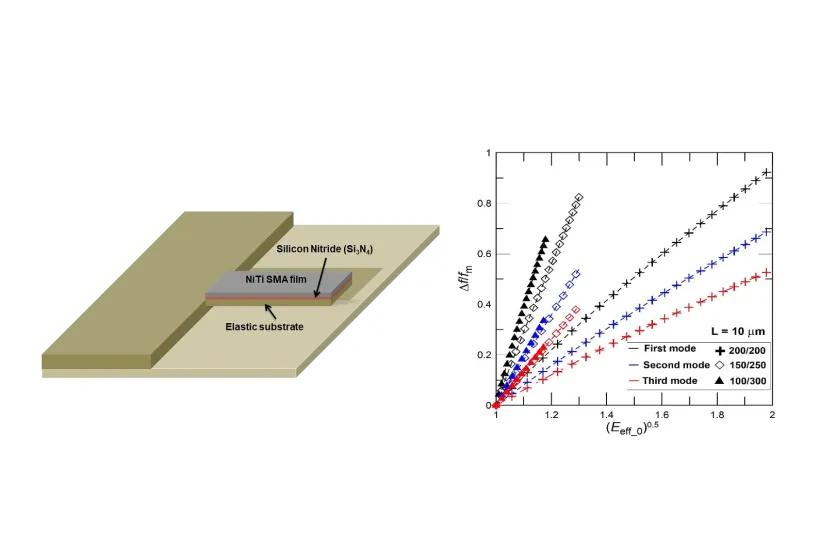The topic covers microstructure modifications using thermomechanical processing and experimental identification of thermomechanical properties under various thermomechanical loading conditions. Deformation processes related and accompanying martensitic transformations are characterized and studied using multiple techniques including advanced in-situ methods such as x-ray and neutron diffraction, electrical resistometry, digital image correlation, thermography and dynamical mechanical analyzes [1-5].
[1] R Delville, B Malard, J Pilch, P Sittner, D Schryvers, Microstructure changes during non-conventional heat treatment of thin Ni–Ti wires by pulsed electric current studied by transmission electron microscopy, Acta Materialia 58 (2010), 4503-4515
[2] P Šittner, P Sedlák, H Seiner, P Sedmak, J Pilch, R Delville, L Heller et al., On the coupling between martensitic transformation and plasticity in NiTi: Experiments and continuum based modelling, Progress in Materials Science 98,(2018) 249-298
[3] L Heller, P Šittner, P Sedlák, H Seiner, O Tyc, L Kadeřávek, P Sedmák et al., Beyond the strain recoverability of martensitic transformation in NiTi, International Journal of Plasticity 116, (2019) 232-264
[4] Y Chen, O Tyc, L Kadeřávek, O Molnarova, L Heller, P Šittner, Temperature and microstructure dependence of localized tensile deformation of superelastic NiTi wires, Materials & Design 174 (2019) 107797
[5]Y Chen, O Molnárová, O Tyc, L Kadeřávek, L Heller, P Šittner, Recoverability of large strains and deformation twinning in martensite during tensile deformation of NiTi shape memory alloy polycrystals, Acta Materialia, 180 (2019) 243-259





![MCM_03.png Non-planar dislocation in the structure C11b dissociated into three planes from the zone <331] in a transition to the (110) slip plane.](/sites/default/files/styles/410x273/public/2020-03/MCM_03.png.jpg?itok=plXnkKFU)
